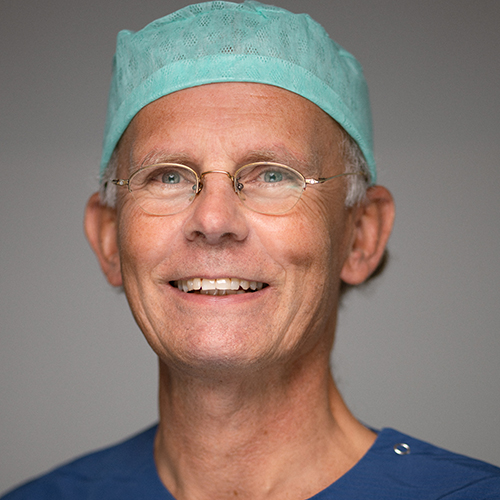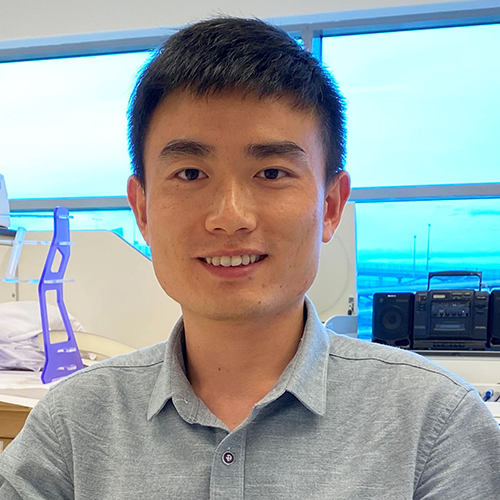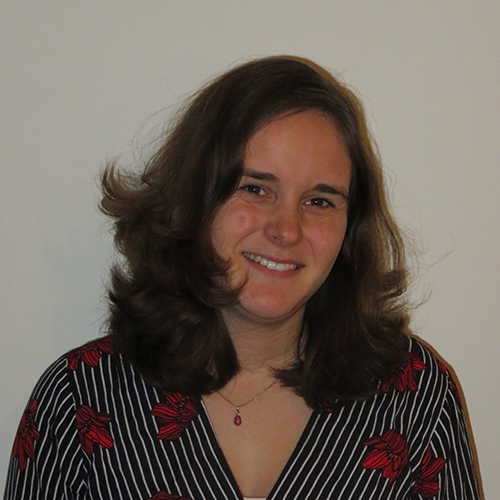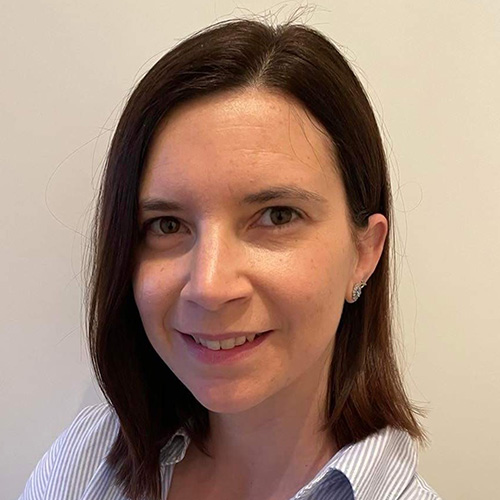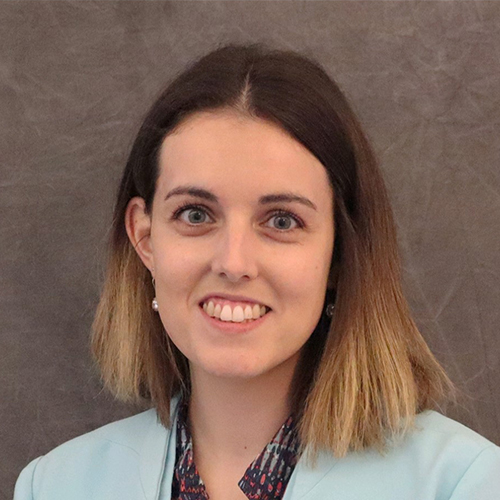Back pain due to intervertebral disc (IVD) deterioration is a chronic disease that significantly affects daily life. Long-lasting reduction of back pain can only be achieved via regeneration of tissue and restoration of the biomechanical function of the disc. However, stem cell-therapies exert short-lived analgesic effects and do not regenerate the disc. In this research line, we employ notochordal cell biology and their regenerative and anti-inflammatory potential.
Cell-based therapy to regenerate intervertebral discs
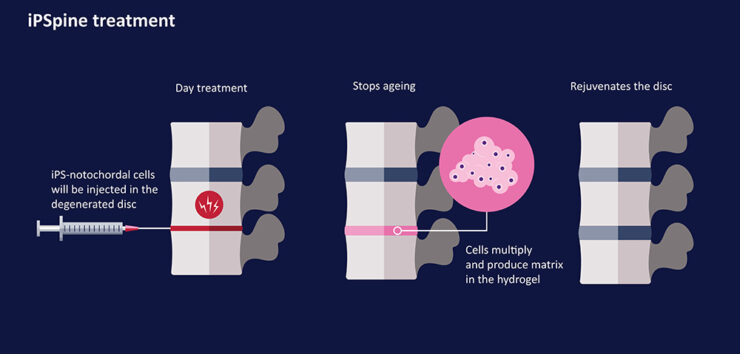
In the H2020 iPSpine project (2018 – 2024), we focus on differentiating induced pluripotent stem cells (iPS) into notochordal cells, the cells that reside in juvenile discs. These iPS-NCs, combined with smart biomaterial, are geared to rejuvenate the degenerate disc. Initial studies in preclinical testing platforms will culminate in a proof-of-concept study in canine patients suffering from chronic back pain. Read more on the iPSpine website >>
Cell-free approach to rejuvenate the intervertebral disc
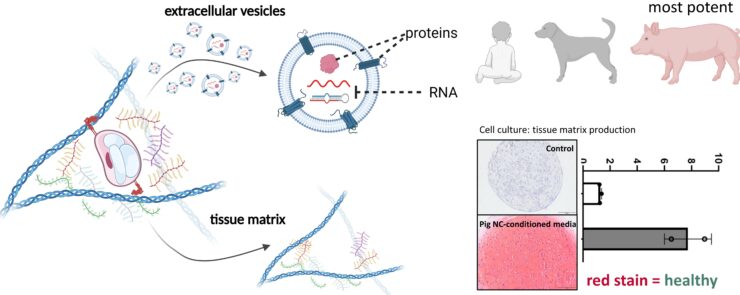
In the Dutch Research Council (NWO) NC-CHOICE project (2022 – 2026), we will focus on the blueprint of the embryonic development of intervertebral discs which consists of a package of important signal molecules. These powerful signals will be used to rejuvenate the deteriorated discs by incorporating them into advanced synthetic nanovesicles. A specialized biomaterial will accommodate the nanomedicine, providing disc cells with a natural environment to thrive once they have taken up the rejuvenating instructions. Hereby the project sets course to develop an injectable nanomedicine that can initiate disc regeneration and achieve enduring pain relief.
Involved researchers

